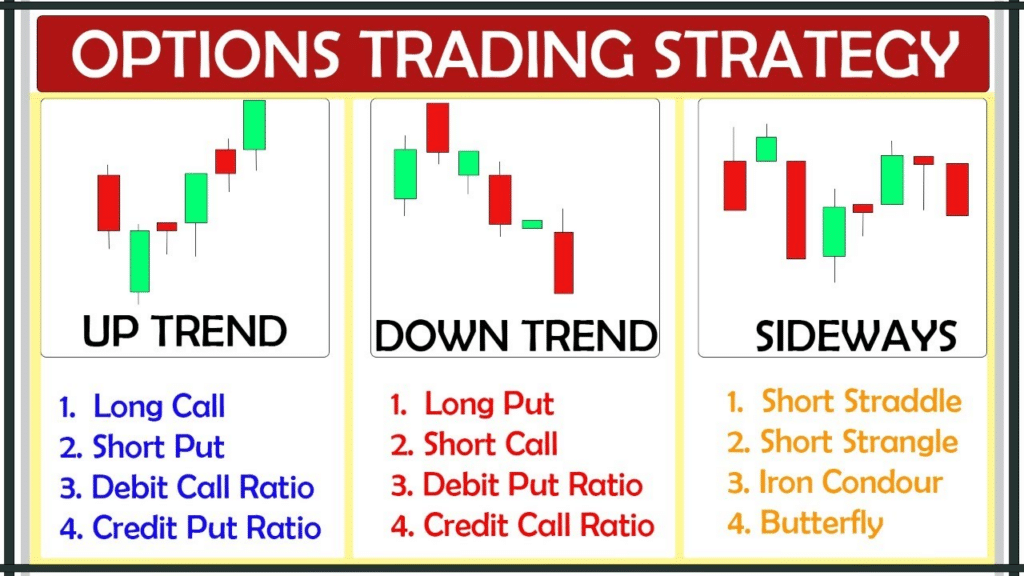Embrace the Power of Listed Options: An Introduction
In the dynamic realm of financial markets, where fortunes are forged and aspirations are realized, the world of listed options holds immense potential for discerning investors seeking to navigate market uncertainties and harness the potential for substantial returns. Listed options, with their inherent flexibility and boundless possibilities, stand as a testament to human ingenuity. Imagine wielding the power to shape market outcomes, not as a passive observer but as a proactive participant.

Image: investgrail.com
Trading listed options, however, is not without its intricacies. It demands a profound understanding of market dynamics, a firm grasp of financial concepts, and an astute ability to decipher market signals. Yet, navigating this intricate labyrinth is not an insurmountable challenge. With the right knowledge and guidance, you can embark on this financial odyssey and reap the rewards that await those who dare to explore the unknown.
Defining Listed Options
Listed options, often referred to as exchange-traded options, are standardized contracts that grant the buyer the right, but not the obligation, to buy or sell an underlying asset at a predetermined price on or before a specified date. These contracts are traded on regulated exchanges, providing a transparent and efficient marketplace where buyers and sellers converge.
Listed options come in two primary forms: calls and puts. Call options convey the right to buy the underlying asset, while put options grant the right to sell it. The underlying asset can be diverse, ranging from individual stocks and bonds to commodities and indices, offering investors a wide array of options to tailor their strategies.
Key Concepts: Premiums, Expiry Dates, and Strike Prices
Understanding key concepts is paramount in the realm of listed options trading. Premiums, expiry dates, and strike prices form the cornerstone of these contracts and play a crucial role in shaping their value and utility:
- Premium: The price paid to acquire an option contract is known as its premium. Premiums reflect market expectations about the future value of the underlying asset and are influenced by factors such as volatility, time to expiration, and interest rates.
- Expiry Date: Every option contract has a predetermined expiry date, which marks the last day on which the option can be exercised. Options that are not exercised before their expiry date expire worthless.
- Strike Price: The strike price represents the predetermined price at which the holder of the option can buy or sell the underlying asset. Call options carry a strike price above the current market price, while put options have a strike price below the current market price.

Image: www.vibewow.com
Trading Listed Options
:max_bytes(150000):strip_icc()/OPTIONSBASICSFINALJPEGII-e1c3eb185fe84e29b9788d916beddb47.jpg)
Image: flipboard.com
Strategies for Trading Listed Options
Trading listed options offers a wide range of strategies to suit diverse investment goals and risk appetites. Some commonly employed strategies include:
1. Covered Call: A covered call involves selling a call option against an underlying asset that you own. The goal is to generate income from the option premium while limiting the potential upside from the underlying asset.
2. Protective Put: A protective put is designed to hedge against potential losses in an underlying asset that you own. It involves buying a put option with a strike price below the current market price.
3. Long Call: A long call is used to speculate on the potential appreciation of an underlying asset. The buyer of a long call option expects the asset price to rise above the strike price before the option’s expiry.
4. Short Put: A short put involves selling a put option, speculating that the underlying asset’s price will not fall below the strike price before the option’s expiration.






